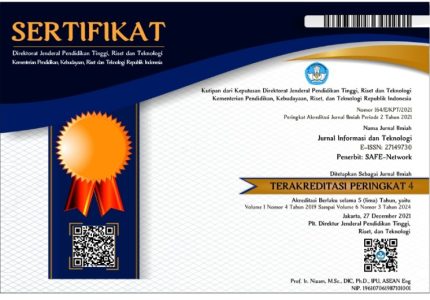
The Effect of Technology on Employee Retention
In today’s fast-paced and ever-evolving world, technology plays a crucial role in almost every aspect of our lives. From communication to transportation, it has revolutionized the way we live and work. One area where technology has had a significant impact is employee retention. With the rise of remote work and the increasing use of digital tools in the workplace, it is essential to understand how technology affects employee retention and what organizations can do to leverage it effectively.
Firstly, technology has made it easier for employees to connect and collaborate with their colleagues, regardless of their physical location. The advent of video conferencing, instant messaging, and project management tools has eliminated the barriers of time and distance. This has not only improved communication but also fostered a sense of belonging and teamwork among employees. When employees feel connected to their colleagues and have the necessary tools to collaborate effectively, they are more likely to stay with the organization.
Moreover, technology has enabled flexible work arrangements, such as remote work or flexible hours. This flexibility has become increasingly important to employees, especially the younger generations who value work-life balance. By allowing employees to work from home or choose their working hours, organizations can attract and retain top talent who may have other commitments or prefer a non-traditional work environment. Technology has made it possible for employees to be productive and efficient regardless of their physical location, thus increasing job satisfaction and reducing turnover rates.
Furthermore, technology has automated many repetitive and mundane tasks, freeing up employees’ time to focus on more meaningful and challenging work. This not only increases job satisfaction but also provides opportunities for growth and development. When employees are engaged in stimulating tasks that align with their skills and interests, they are more likely to feel valued and fulfilled in their roles. As a result, they are less likely to seek employment elsewhere.
Additionally, technology has revolutionized the way organizations approach employee training and development. Traditional training methods often involve costly and time-consuming workshops or seminars. However, with the rise of e-learning platforms and virtual reality simulations, employees can access training materials anytime, anywhere. This not only reduces costs but also allows employees to learn at their own pace, increasing knowledge retention and skill development. Organizations that invest in technology-driven training programs are more likely to attract and retain employees who value continuous learning and professional growth.
However, it is important to note that while technology can enhance employee retention, it can also have negative effects if not implemented properly. For instance, excessive use of technology can lead to burnout and decreased work-life balance. The constant connectivity and expectation of immediate responses can blur the boundaries between work and personal life, causing stress and dissatisfaction among employees. Organizations must strike a balance between leveraging technology for productivity and ensuring employees have time for rest and rejuvenation.
In conclusion, technology has had a profound impact on employee retention. It has improved communication, fostered collaboration, enabled flexible work arrangements, automated tasks, and revolutionized training and development. By embracing technology and leveraging its benefits effectively, organizations can attract and retain top talent, increase job satisfaction, and foster a culture of continuous learning and growth. However, it is crucial to strike a balance between technology use and employee well-being to avoid burnout and maintain work-life balance. Ultimately, organizations that understand and adapt to the changing technological landscape will be better positioned to retain their employees in the long run.





